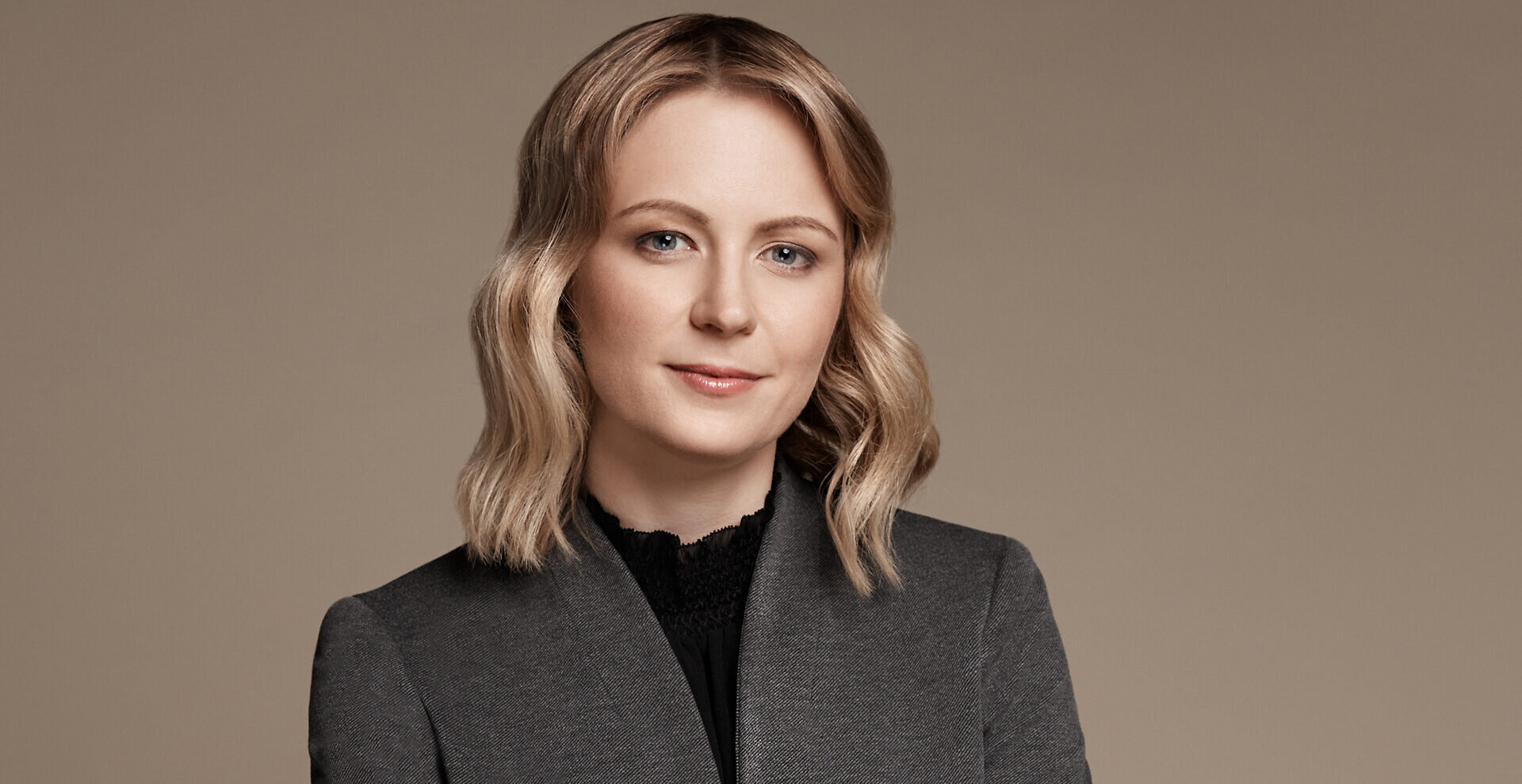New faces

Gemma New’s NSO debut
The National Symphony Orchestra’s first subscription program of the new year featured two significant debuts: guest conductor Gemma New, and music composed by her fellow New Zealander, Salina Fisher. Based on what was heard Thursday night in the Kennedy Center Concert Hall, both women made a strong case for future engagements, leaving strong impressions on a program otherwise dominated by the familiar repertoire of dead white guys. Don’t get me wrong — I love the dead white guys, and their music — but I also love seeing progress being made on bringing more contemporary music to concert audiences and major orchestras addressing classical music’s gender imbalances.
In the program notes for Rainphase, which led off the evening, Fisher says “the beauty and chaos of Wellington [New Zealand] rain has inspired me to respond musically.“ During the work’s eleven-odd minutes, she creates a wide and varied soundscape for an exceptionally large large orchestra, including four percussionists, in which various aspects and features of rain are convincingly rendered. Plops, plinks, and whooshing noises created from pizzicato strings, woodblocks, and a glockenspiel among other instruments, created a convincing stream of water and wet-related sounds in an evocative and engaging way. In Rainphase, Ms. Fisher, only 27 years old, demonstrates a keen ear for orchestral writing, and equally if not more impressive, an ability to create images with sound. Let’s hear more of her work, please.
Salina Fisher. Photo by Hagen Hopkins.
Gemma New. Photo by Roy Cox.
Next came Beethoven’s Piano Concerto No. 4, with guest soloist Yefim Bronfman. New hewed close to a traditional, straightforward approach during the first movement, creating a tempo that went right up the middle of the road, easily followed by anyone in the audience through her clearly delivered, unfussy hand gestures. New’s conducting style is lively, but remains precise and relevant — there’s no ostentation, no showboating, and no apparent muddiness of her intentions. Watching her on the podium she brings to mind aspects of Susanna Maalki’s dramatic clarity, James Gaffigan’s precision, and, at times, Michael Tilson Thomas’s enthusiasm. Maybe her tempo was a bit fast in sections, but the sound she got from the orchestra was as clearly delineated as I have heard from these musicians. Bronfman, for his part, preferred elegance over deliberation and clarity on this evening, and who’s to say he’s wrong? Is it possible to be too pensive when it comes to Beethoven, especially in this day and age? I think not.
In the first movement Bronfman handled the development section of Beethoven’s most lyrical and nuanced piano concerto with a kind of restrained gusto, cautiously cavalier perhaps, keeping things clear and tidy but not lingering over its trills and scales. He was more pensive in the exquisite second movement, where he once again demonstrated the probing sensitivity that makes him one of the most consistently satisfying musicians in classical music, no matter what he’s performing. For a moment the third movement threatened to go off the rails — the tempo suddenly sagged and the orchestra began to phone it in — but then Bronfman and New seemed to pull off some kind of mind-meld and bring it all back together, inserting an unexpected jolt of electricity into the last couple of minutes as if to say “P*ss off haters, Beethoven 250! F*ck yeah!” Needless to say, it was great.
After intermission came everyone’s favorite planetary mood piece, Gustav Holst’s The Planets. Written after Holst tried and failed to join the army during World War I, and finished mostly by 1916, The Planets was written before Pluto was discovered, and Holst elected not to create a section for Earth, which leaves this astrological journey through galaxy starting at war-mongering Mars and wrapping almost an hour later and mellow and mysterious Neptune.
It’s a warhorse, which gave New the opportunity to introduce herself with a piece that’s familiar yet also allows her to display some range within Holst’s survey of anthropomorphized planets. It proved to be a great introduction. Like Noseda, New elicits a lush tone from the strings, the orchestra’s strongest section, and the winds were well-blended into the whole. Brass and percussion were also well-integrated into a steady and cohesive sound under New’s moderate tempos.
I suspect we will be seeing her at the Kennedy Center again, and her return will be welcomed.
Top photo: Gemma New, © Fred Stucker.







